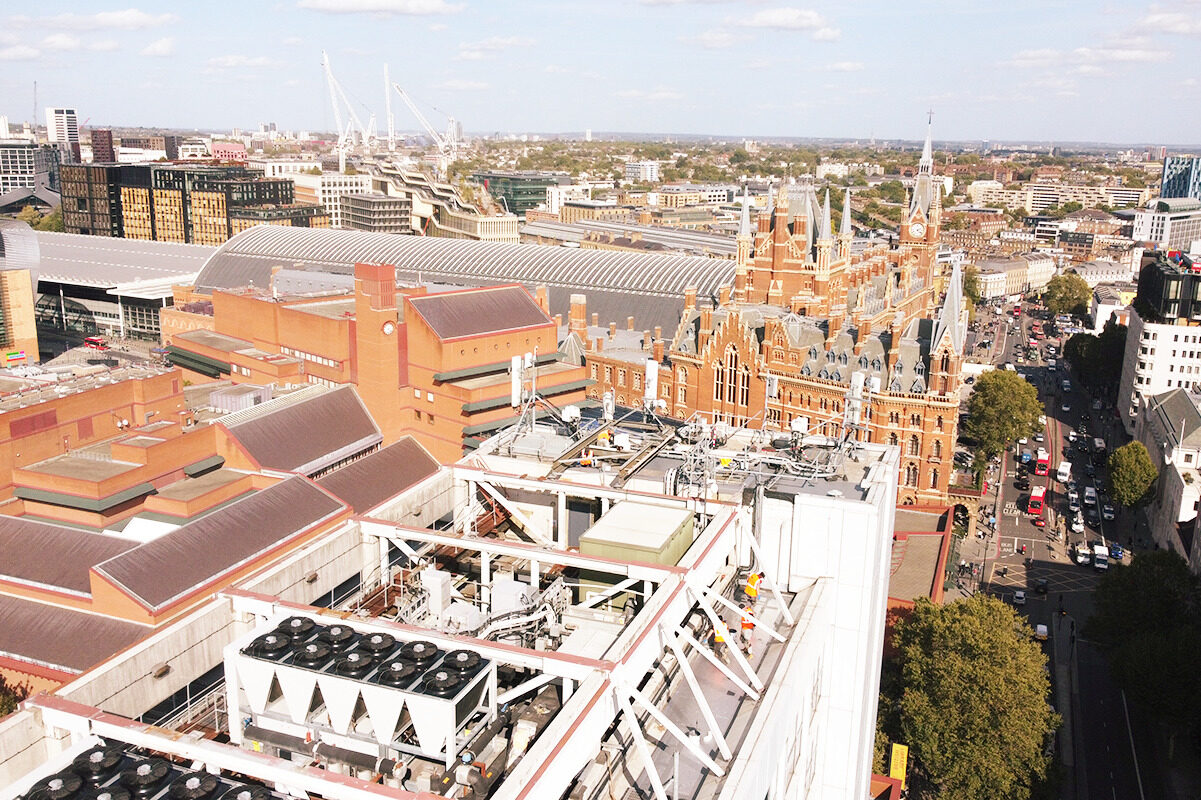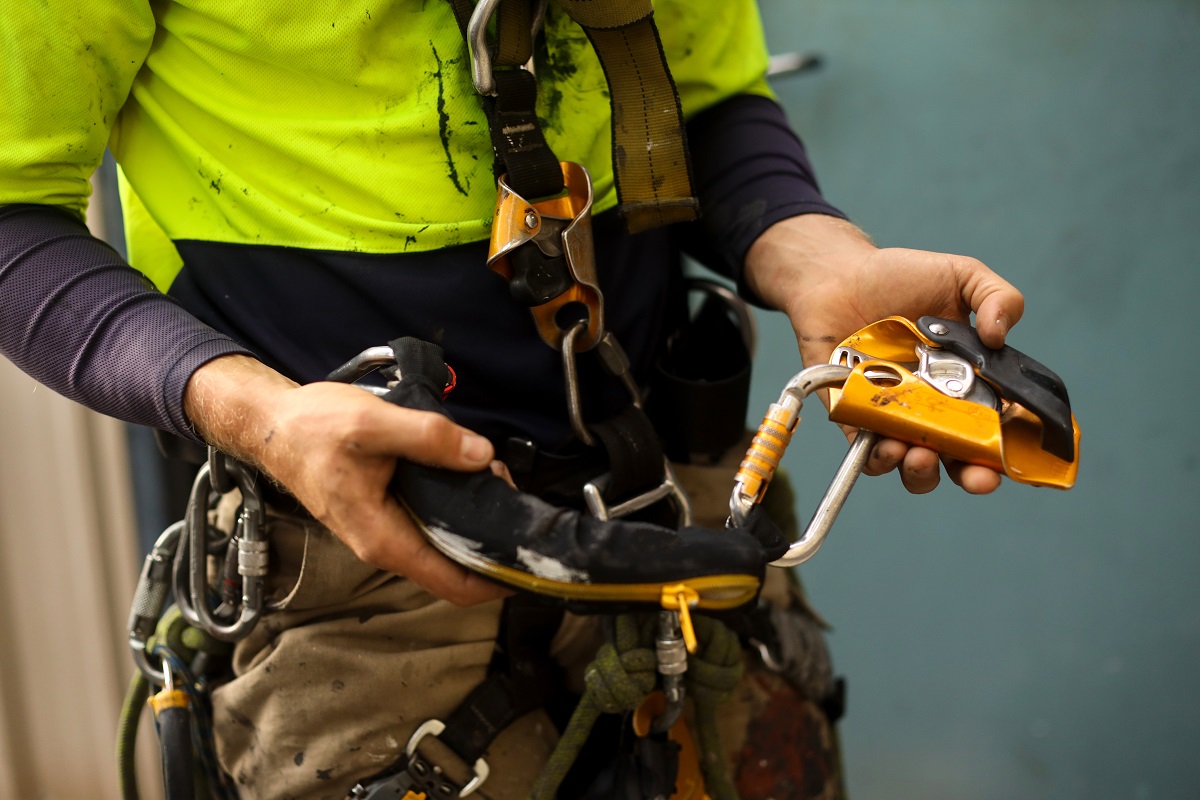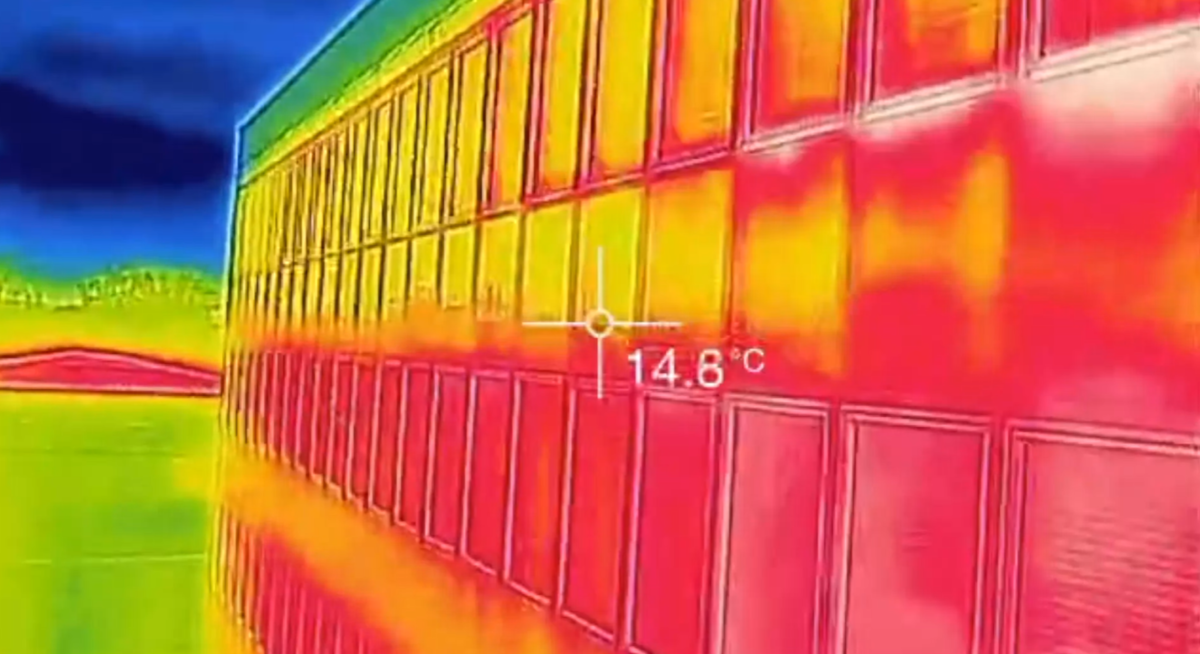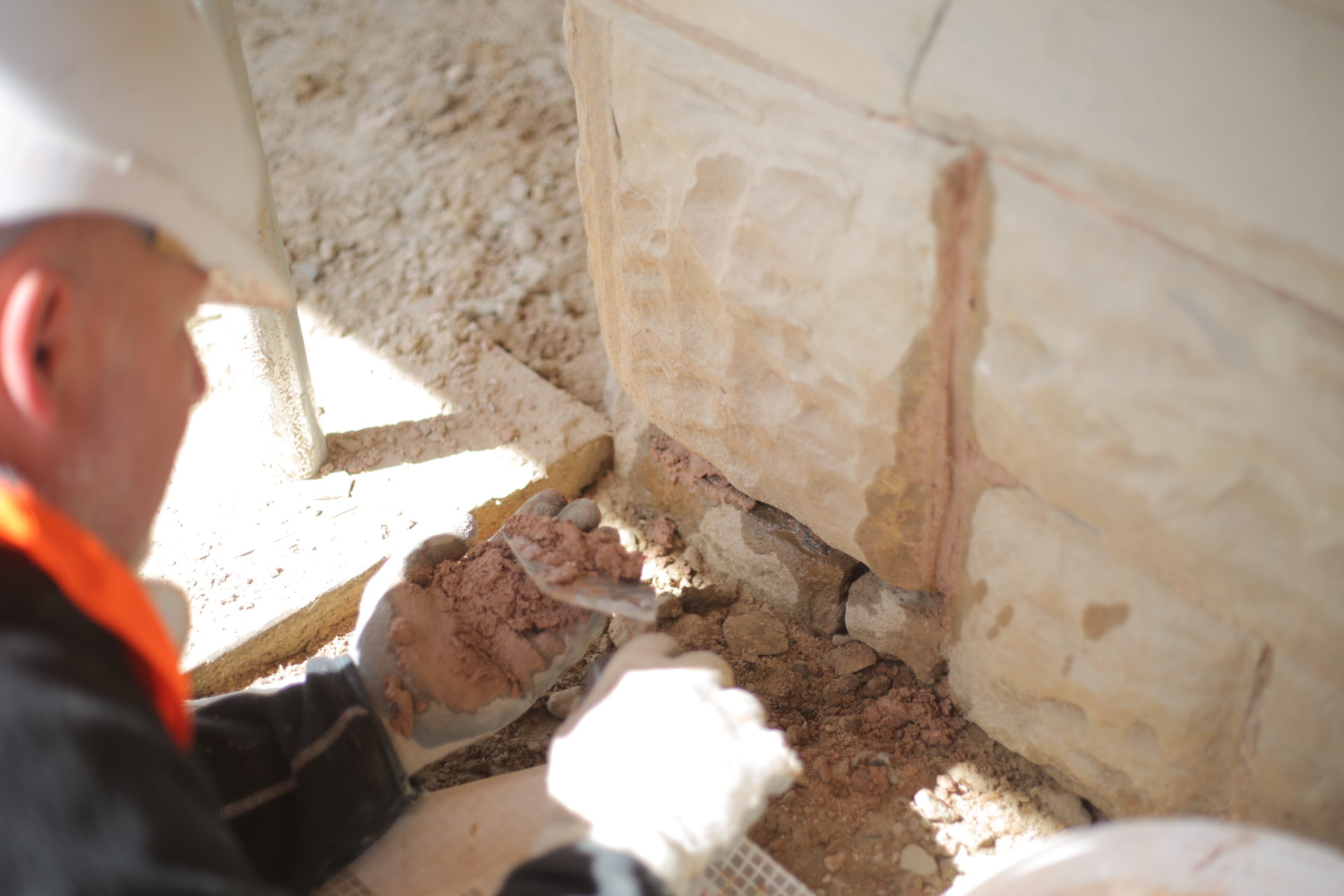Flat roofs are one of the most common types of roofing used for garages, extensions and large industrial and commercial buildings. A flat roof is pitched at a low angle and looks almost level. There are many benefits to a flat roof, especially if you want to save time and money on construction and subsequent maintenance. However, one drawback of flat roofs is leaking.
If your flat roof leaks, you may assume that your best option is to replace it. But that’s not always the case with flat roofs. Sometimes flat roof repairs and restoration processes are all that’s required, and these are less expensive than a replacement roof and will strengthen the roof against future damage. Whether you should repair or replacing a leaking flat will largely depend on the cause of the leak and the extent of the damage.
What causes flat roofs to leak?
There are numerous reasons why your flat roof is leaking. Some of them can be avoided by correct roof installation or choosing the right material. However, age, prolonged exposure to all weathers and extreme temperatures will put a lot of stress on a flat roof and cause even the most well-built roof to break down. Flat roofs with almost no pitch have many weak points, which makes them vulnerable to leaks, some of the most common causes of flat roof leaks include:
Age
Regardless of how well a roof is made or installed, all roof materials will eventually start to deteriorate. A sudden impact to the roof, extreme temperatures and harsh weather conditions can all wear away at a flat roof until it becomes so damaged it starts leaking. If your current flat roof is leaking, it might just be because it’s reached the end of its life and needs replacing.
Damaged flashing
Flashings cover and seal seams, joints and angles of a flat roofing system to prevent water from entering around roof vents and adjoining walls. But while lead flashing has a long lifespan, it can become damaged, especially when exposed to extreme changes in temperature. As the metal heats up and cools down, it expands and contracts, which will reveal the edges it was designed to protect over time. This can lead to roof leaks.
Thermal movement
Oxidised bitumen is an adhesive used to stick rubber roofing onto flat roofs. However, while it has many advantages, there is very little movement to it. When temperatures change, it’s unable to expand or contract, which can cause blisters, cracks and splits in the rubber roofing and eventually cause leaks.
Poor roof installation
A common reason why many flat roofs begin leaking is poor roof installation. Using a qualified professional roofer to install your flat roofing system will ensure it’s done correctly and help avoid future maintenance costs.
Pooling water
While most flat roofs should be able to handle a degree of pooling water, if the water remains on the roof for over 48 hours, it can start to leak into the roof space below. This can compromise the integrity of the structure and cause leaks. Pooling water should be drained off a flat roof as soon as possible to avoid long-term damage.
Overlaps and seams
It’s fairly common for the seams and overlaps between the different pieces of flat roofing material to leak. These have natural weak points where water can attack
Blistering
A common problem with flat roofs is blistering when the water has got underneath the flat roofing material. As the water soaks, it becomes vapourised, and the water vapour rises, but as it cannot escape, the pressure causes blisters.
Delamination
Delamination is caused by layers of flat roofing membrane separating and becoming delaminated from each other. This can lead to splits, cracks and sometimes blistering.
Poor design or structural problems
Two causes of flat roof leaks are poor design and structural issues. If the distance between roof rafters is too big or the roof deck is overspanned, it can make your flat roof more vulnerable to thermal movement, and the structure will weaken. A flat roof also needs to have a good pitch or pooling water and leaks.
Flat roof leak repair vs replacement
Repairing a roof leak can sometimes be a quick and simple DIY job that takes next to no time. However, this can often be a temporary solution, especially if the damage to your flat roof is extensive. Furthermore, an improper DIY flat roof repair can create more damage and cost more to rectify than hiring a professional from Building Transformation to do the work for you.
Our leak detection service will be able to identify the source of the leak and the extent of the problem and devise an appropriate repair and maintenance plan for your flat roof. We work with the current roof material to repair, treat and protect your flat roof to ensure it is safeguarded for the future. However, if the damage is extensive, it may be that your only option is for a full flat roof replacement. Replacing an entire flat roof may sound expensive, but if your roof is damaged extensively, repairing over and over could turn into a long-term and expensive exercise. A roof replacement could be a far more cost-effective solution.
How to prevent flat roof leaks
There are many ways to help prevent your flat roof leaking that will save you valuable time, money and stress in the long term.
- Inspecting your roof at least twice a year to check for pooling of water, lap failure, repointing deterioration, holes or scuffs in the membrane and missing or loose flashing
- Roof waterproofing and regular roof and gutter maintenance with a professional maintenance service
- Check your roof after harsh weather and remove any pooling water and debris
- Inspect and clean out your gutters regularly, removing any clogs or debris that could stop it working properly
- Install flashing to seal the seams around guttering, chimney and vents
- Replace your flat roof if it’s been extensively patched up or it’s at least 15 years old
If you think your flat roof is leaking, our expert team at Building Transformation can help you find the cause and identify the best solution to repair and protect your flat roof from leaks now and in the future. Contact us today to arrange a consultation with one of our experts.














